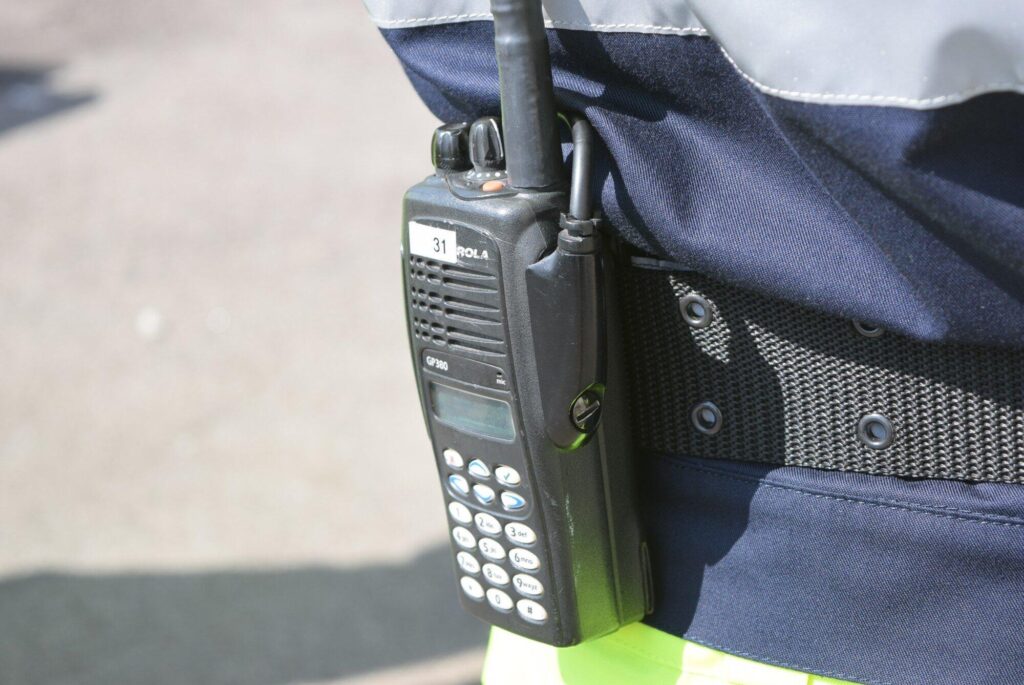Wireless communication systems are key in today’s tactical operations. Teams depend on fast, reliable tools to stay connected. Lives can depend on one clear, quick message.
But how do these systems support mission success? They keep people informed in real-time. They also help avoid confusion in high-stress situations.
Whether military, police, or rescue teams-they all rely on them. This technology helps teams act as one strong, smart unit.
It also reduces risks by improving teamwork and timing. Let’s explore how these systems play a vital role in operations today.
Real-Time Communication Saves Lives
In tactical operations, every second counts. Wireless systems deliver instant updates. Commanders can quickly send orders to team members on-site.
These updates prevent mistakes and save lives during critical missions. Real-time communication also helps teams respond faster to threats. Everyone stays alert and informed at all times.
This leads to safer and more successful outcomes. With wireless tools, there’s no delay in sharing data. Fast decisions are possible because everyone shares the same information.
Secure Channels Protect Sensitive Information
Tactical missions often involve secret information. Wireless systems use encryption to keep messages safe. This prevents enemies from listening in on plans.
Only authorized people can access these channels. This protects both the team and the mission.
Secure communication helps avoid leaks and keeps strategies hidden. It’s a major reason wireless systems are trusted. Teams can focus on their tasks without fear of being exposed.
Encryption adds a safety layer without slowing down message delivery. Secure channels are essential in military, police, and rescue work. They help protect lives and national security.
Improved Coordination Across Multiple Units
Tactical teams often include different groups. These groups need to work together smoothly. Wireless systems help units share details instantly.
This avoids mix-ups during the action. A team in the field can speak directly with the command. Air, land, and sea units can all stay in sync.
This clear link reduces errors and confusion. Everyone knows their role and when to act.
Coordination leads to faster mission success. It also boosts safety for all involved. Wireless tools ensure everyone moves as one strong force.
Mobility and Flexibility in the Field
Wireless systems give teams the freedom to move. They don’t need to stay in one place to talk. This flexibility is helpful in fast-changing situations.
Teams can shift positions without losing contact. Whether in cities or remote areas, they stay connected. Devices are often lightweight and easy to carry.
This allows for faster, quieter movement during missions. Crews can adapt quickly to new threats or orders. Mobility makes operations smoother and more successful.
Wireless tools make it easier to act fast and stay safe. Being flexible is key during tactical missions.
Simple Voice Tools Enhance Team Communication
Clear voice tools are vital during high-stress missions. With one-touch systems, team members can speak instantly. These tools avoid long delays and support quick updates.
Messages stay short and easy to understand, reducing mistakes. Teams can act fast without stopping to dial or wait. Many tactical units rely on rugged, field-tested equipment for this.
Some of the best tools offer strong range and long battery life. Devices like push to talk radios are especially useful in noisy or chaotic environments. They keep voices clear and teams connected at all times, even under pressure.
Situational Awareness Boosts Tactical Decision-Making
Wireless tools help teams understand their environment. They share live maps, camera feeds, and location data. This helps leaders make smart, fast decisions.
Everyone gets the same picture of the situation. It reduces the chance of surprise threats. Teams know where each member is and what’s going on.
This allows for safer, more informed actions. Clear awareness can save lives and stop missions from failing. Tactical success depends on knowing what’s happening at all times.
Disaster Response and Emergency Management
During natural disasters, wireless communication is a lifeline. Police, medics, and rescue teams need to coordinate quickly. Wireless tools connect them even if phone lines are down.
They help teams locate victims and deliver help faster. These systems support real-time updates in harsh conditions.
Whether it’s a flood, fire, or earthquake, wireless gear stays active. It helps cut response time and increase survival rates. Teams can act before things get worse.
Quick coordination means resources go where they’re needed. Wireless systems play a huge role in saving lives during emergencies.
Training With Wireless Tools for Realistic Drills
Practice is vital for success in tactical missions. Wireless tools help teams train the way they work in real life. They use the same gear during drills as in real action.
This builds comfort and skill with the equipment. It helps teams learn to respond fast and communicate well. Instructors can monitor performance and give instant feedback.
Training becomes more effective and realistic. Drills with wireless systems teach trust, timing, and teamwork. When teams train like they fight, they perform better.
Adaptability in Urban and Remote Settings
Tactical missions happen in many places-busy cities and quiet forests. Wireless systems must work well in both. They adjust to obstacles like buildings, trees, or hills.
Some use repeaters to boost signals in tough spots. Others link with satellite networks when towers fail. This adaptability keeps communication open everywhere.
Teams don’t need to worry about losing signal. They stay connected and ready in any environment.
Whether climbing, driving, or flying, the system goes with them. Adaptable wireless tools support missions in all types of terrain and weather.
Keeping Teams Safe With Instant Alerts
Wireless communication systems allow for instant safety alerts. If danger appears, teams can share warnings in seconds. A team member under threat can call for help quickly.
Leaders can send evacuation orders fast. This speed helps prevent injuries or worse. Alerts are short and clear to avoid confusion.
Everyone hears the same message and knows what to do. It keeps panic low and action high. Safety alerts are a key part of mission success.
Learn the Role of Wireless Communication Systems in Tactical Operations
Wireless communication systems play a powerful role in tactical work. They make missions faster, safer, and more effective for all involved. These systems help teams stay informed, alert, and in control.
From push to talk radios to encrypted channels, every tool matters. Whether during training, combat, or rescue, wireless tools are essential.
They support teamwork, protect lives, and increase success. Today’s operations would struggle without them.
Did you find this article helpful? If so, check out the rest of our site for more informative content.







